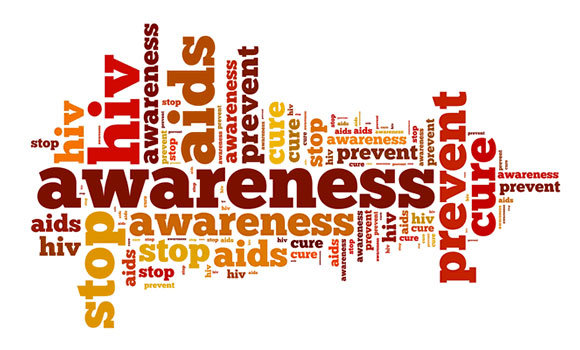Health Ministry on track to improve school HIV prevention programs

TEHRAN — Iran’s Ministry of Health aims to promote HIV prevention program at schools to inform young people about HIV, the chairwoman of HIV/AIDS department at the Health Ministry said on Saturday.
Parvin Afsar Kazerouni explained that the ministry is planning to train at least 70 percent of the students about the disease by the end of the current Iranian calendar year 1398, which falls on March 19, 2020.
As per the plans drawn up by the ministry, raising awareness among the youth about HIV/AIDS in order to control and prevent the diseases is high on agenda, ISNA news agency qouted Kazerouni as saying.
“In addition to the Ministry of Education, we have inked memorandums of understanding with Iran’s Red Crescent Society and the Science Ministry to build greater awareness among the youth,” she said, adding that as per agreements with armed forces to educate the young people during their 2-year compulsory military service.
As Kazerouni has said some 36,571 were diagnosed with HIV virus up to late December 2017. She further regretted that the number only constitute 40 percent of those who are actually suffering the disease and the rest are still undiagnosed while they might not even know they are having the infection.
Some half of those diagnosed with the infection are aging 21 to 35, she said.
The director of HIV/AIDS department also stated that this is of utmost importance to start treatment once a patient is diagnosed with the disease so that the person can have a normal life and would be more cautious not transmit the virus to another person.
According to the data provided by the World Health Organization since the beginning of the epidemic, more than 70 million people have been infected with the HIV virus and about 35 million people have died of HIV. Globally, 36.7 million people were living with HIV at the end of 2016. An estimated 0.8% of adults aged 15–49 years worldwide are living with HIV, although the burden of the epidemic continues to vary considerably between countries and regions. Sub-Saharan Africa remains most severely affected, with nearly 1 in every 25 adults (4.2%) living with HIV and accounting for nearly two-thirds of the people living with HIV worldwide.
In a series of six papers about HIV prevention co-written by Thomas J Coates, Linda Richter and Carlos Caceres, it is stated that HIV prevention is neither simple nor simplistic. We must achieve radical behavioral changes—both between individuals and across large groups of at-risk people—to reduce incidence. Once achieved, it is essential that such changes are sustained.
Goals for behavioral strategy involve knowledge, stigma reduction, access to services, decreases in sharing of contaminated injection equipment, etc. A multilevel approach that encompasses behavioral strategies must be taken—behavioral HIV prevention needs to be integrated with biomedical and structural approaches, and treatment for HIV infection.
MQ/PA
